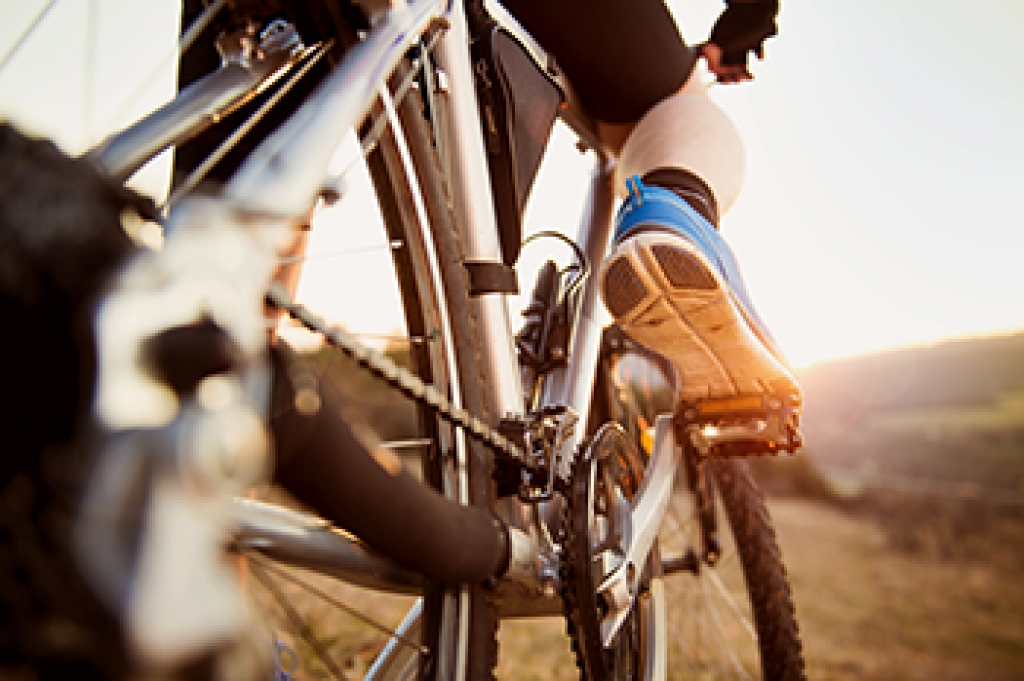
Cycling, while beneficial for health, can lead to common foot injuries if not approached with care. One frequent issue is known as hot foot, which is a burning sensation caused by nerve compression from wearing tight shoes or from excessive pressure on the pedals. Plantar fasciitis can develop from overuse, resulting in heel pain due to inflammation of the tissue connecting the heel to the toes. Achilles tendonitis, characterized by pain at the back of the ankle, can occur from improper cycling posture or overtraining. Additionally, metatarsalgia, or pain in the ball of the foot, often arises from repetitive stress and wearing poor footwear. Ensuring proper bike fit, wearing well-fitted cycling shoes with adequate support, and gradually increasing training intensity can help prevent these injuries. If you have suffered a foot injury while cycling, it is suggested that you visit a podiatrist who can treat any foot condition, and offer you valuable information that can prevent future foot pain.
Ankle and foot injuries are common among athletes and in many sports. They can be caused by several problems and may be potentially serious. If you are feeling pain or think you were injured in a sporting event or when exercising, consult with one of our podiatrists from Biebel & DeCotiis Podiatry Associates. Our doctors will assess your condition and provide you with quality foot and ankle treatment.
Common Injuries
The most common injuries that occur in sporting activities include:
- Achilles Tendonitis
- Achilles Tendon Rupture
- Ankle Sprains
- Broken Foot
- Plantar Fasciitis
- Stress Fractures
- Turf Toe
Symptoms
Symptoms vary depending upon the injury and in some cases, there may be no symptoms at all. However, in most cases, some form of symptom is experienced. Pain, aching, burning, bruising, tenderness, tightness or stiffness, sensation loss, difficulty moving, and swelling are the most common symptoms.
Treatment
Just as symptoms vary depending upon the injury, so do treatment options. A common treatment method is known as the RICE method. This method involves rest, applying ice, compression and elevating the afflicted foot or ankle. If the injury appears to be more serious, surgery might be required, such as arthroscopic or reconstructive surgery. Lastly, rehabilitation or therapy might be needed to gain full functionality in the afflicted area. Any discomfort experienced by an athlete must be evaluated by a licensed, reputable medical professional.
If you have any questions, please feel free to contact one of our offices located in Holmdel and Middletown, NJ . We offer the newest diagnostic and treatment technologies for all your foot care needs.
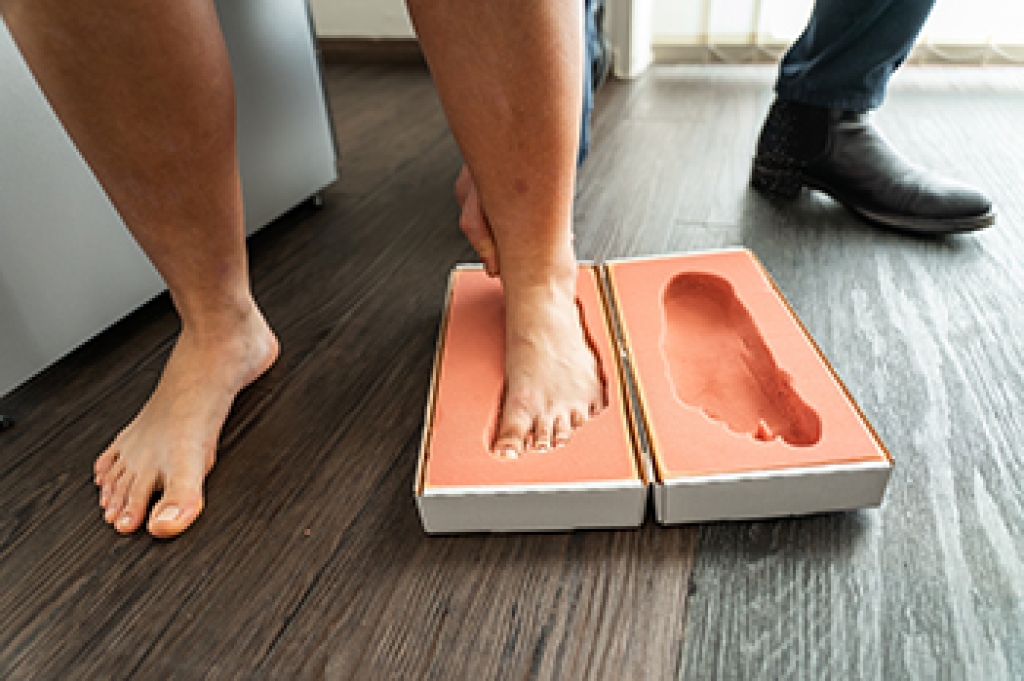
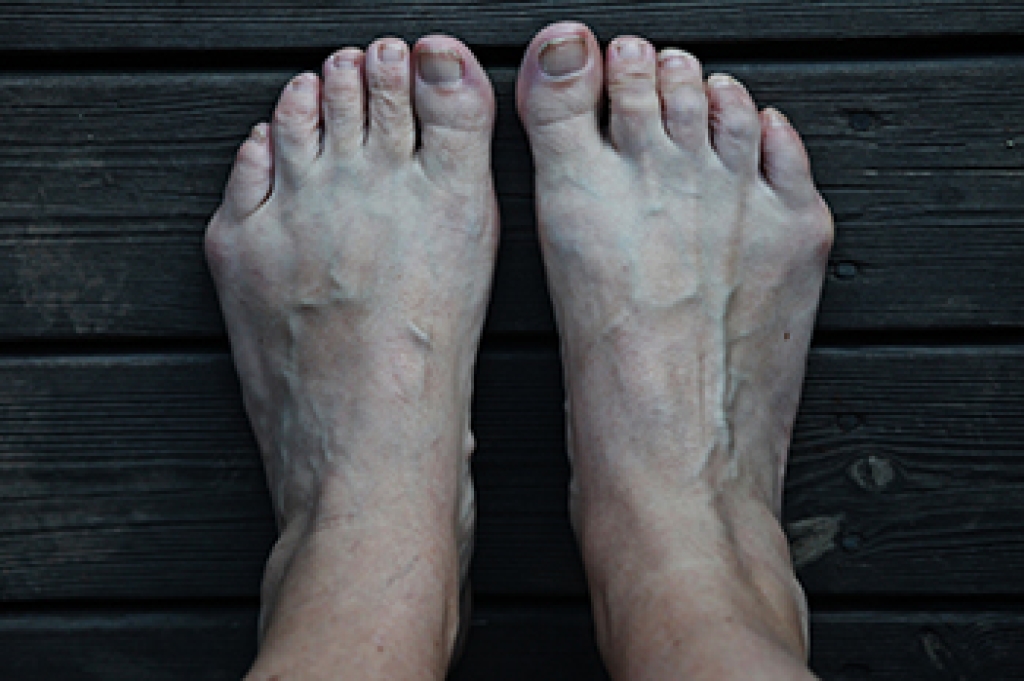 A tailor's bunion
A tailor's bunion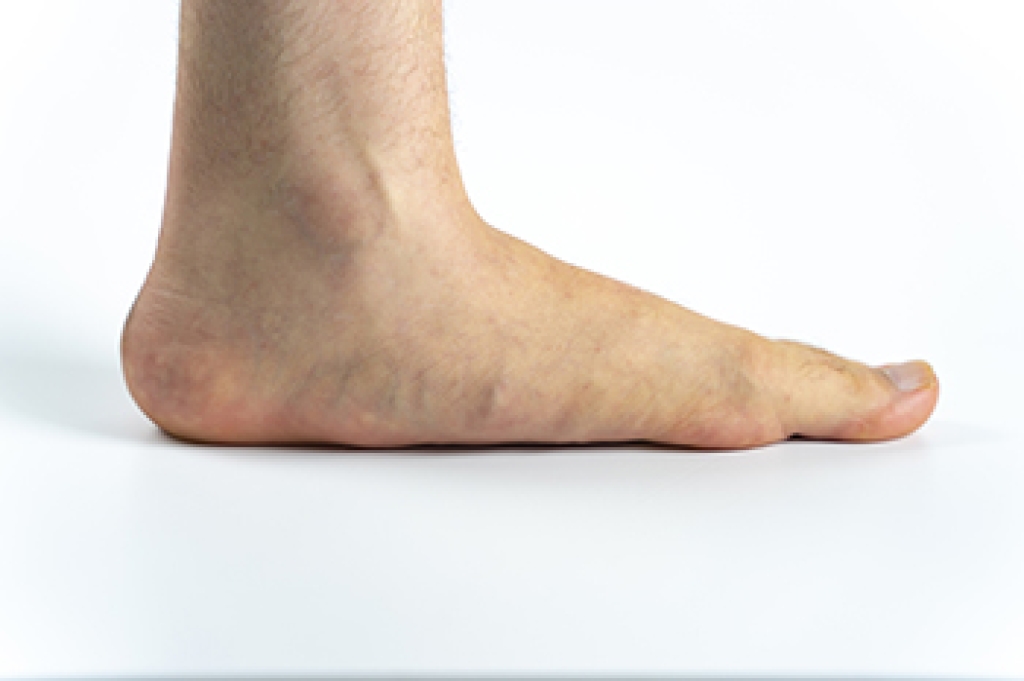
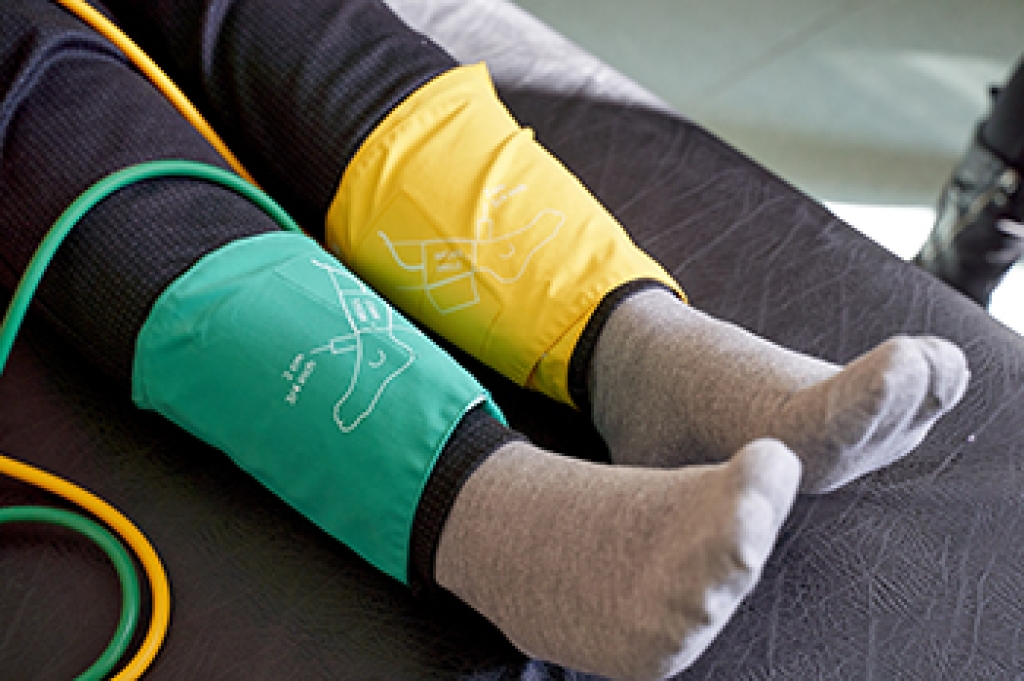 Peripheral Arterial Disease, PAD
Peripheral Arterial Disease, PAD